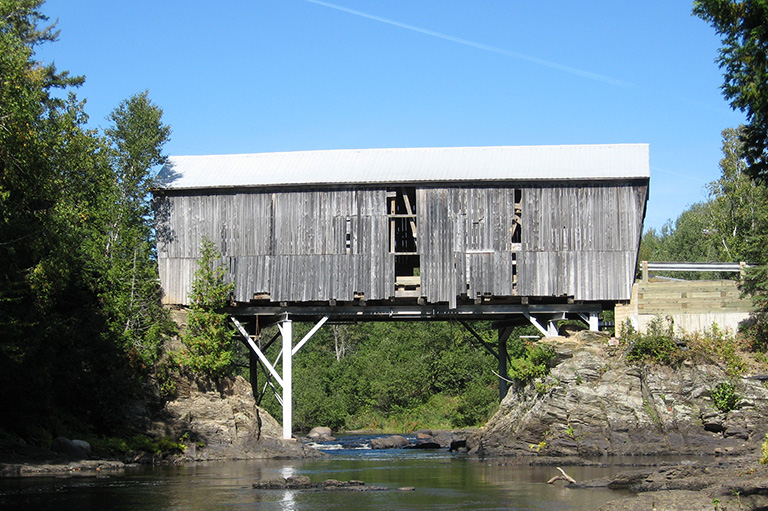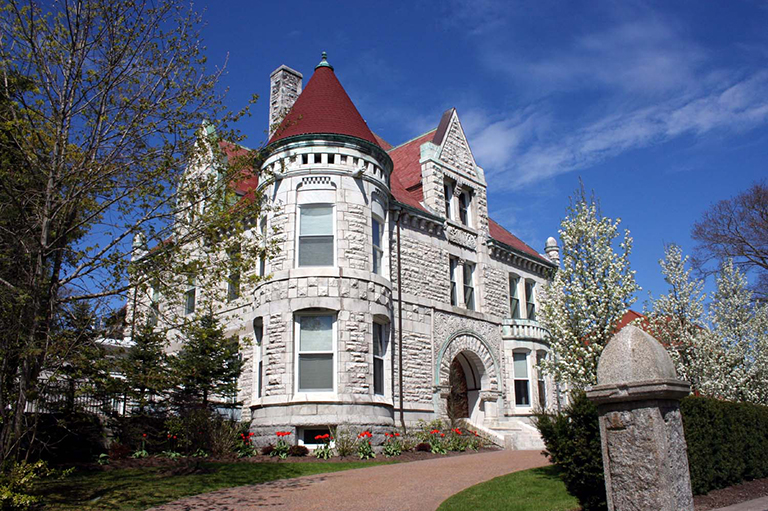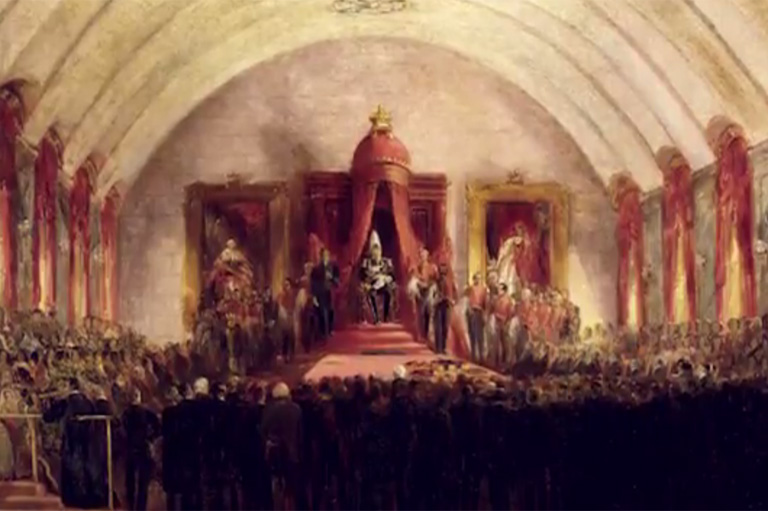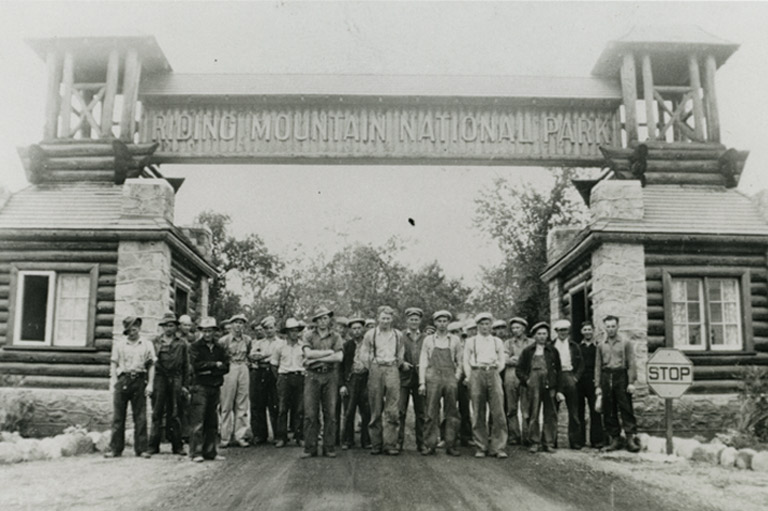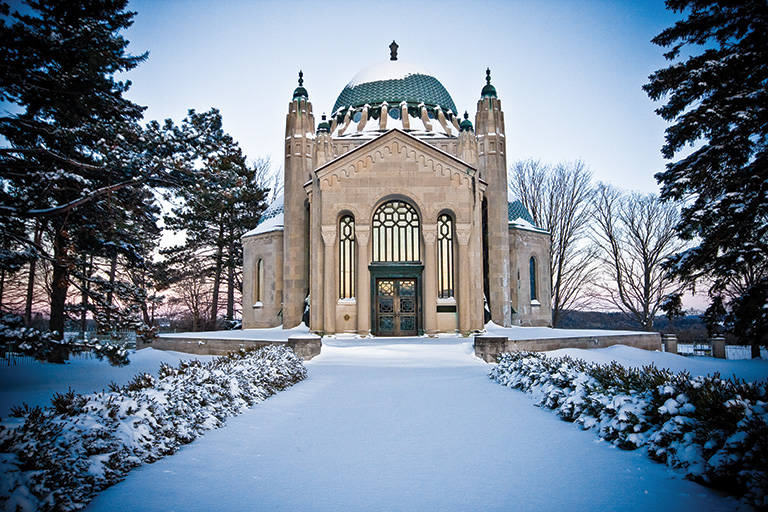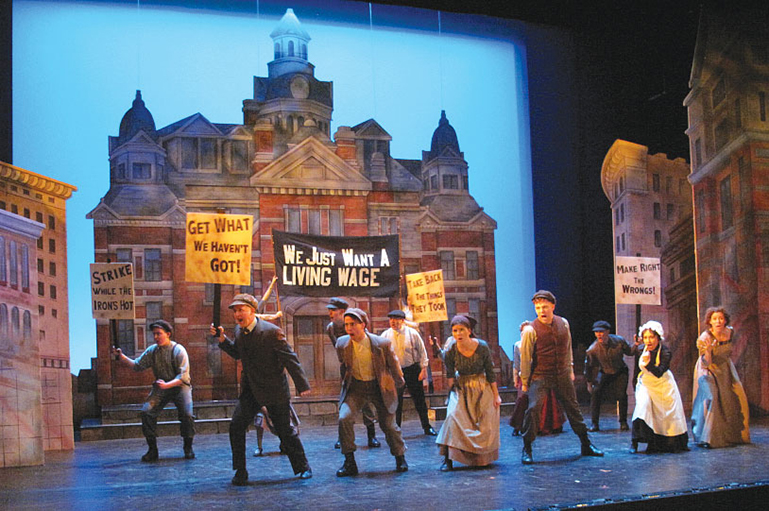Beyond the Trenches
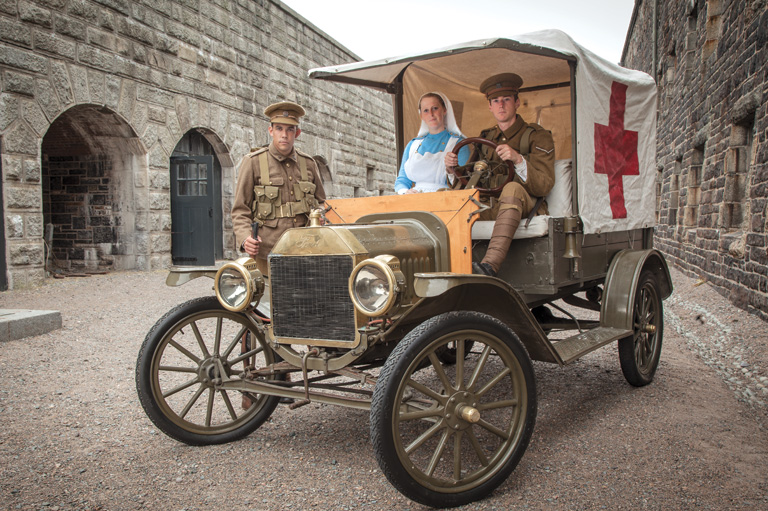
Most Canadians have at least heard of Vimy Ridge — that famous battle in France where, in April 1917, all four Canadian divisions fought together for the first time; where, over three days of fighting, 10,602 Canadian troops were wounded or killed in action; where, some argue, Canada came of age on the international stage.
Many thousands of Canadians have visited the Vimy Memorial in France since it opened in 1936. It’s the most famous of our overseas war memorials, and one of only two Canadian National Historic Sites found outside of Canada; the other marks the location of Beaumont-Hamel, France, where the Newfoundland Regiment was nearly wiped out on July 1, 1916, the opening day of the Battle of the Somme.
Both historic sites are reminders of the sacrifices made by citizens a century ago. Yet you do not have to travel to Europe to find evidence of that. Many Canadian cities and towns have local monuments dedicated to the war dead. And then there are the National Historic Sites that offer opportunities to explore the Great War in more depth.
As Canadians mark the end of the “war to end all wars,” here are some national historic sites on the home front that enrich and enhance our knowledge of the First World War.
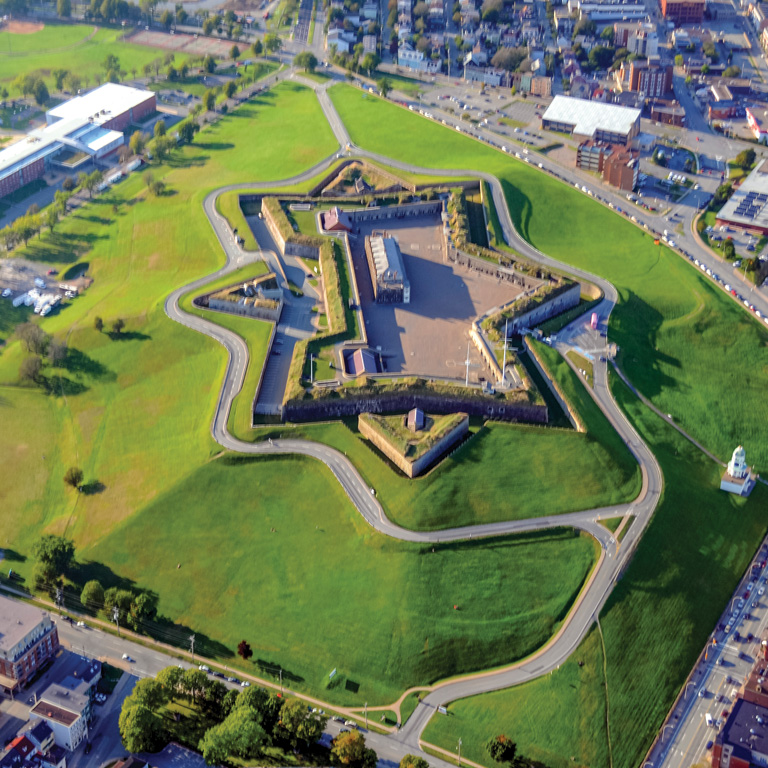
Halifax Citadel National Historic Site
Halifax, Nova Scotia’s capital, was founded in 1749 by the British as a bulwark against the French fortress of Louisbourg on Cape Breton Island. Following the Seven Years’ War, it remained a centre for naval power, and, during the Great War, it was a key embarkation point for both soldiers and matériel bound for the Western Front.
Thousands of soldiers passed through this port on the way to the war. Too many of them would never see Canada again.
Visitors to Halifax can relive the experiences of Great War soldiers at Halifax Citadel National Historic Site, located atop Citadel Hill in the heart of the city.
The Citadel housed many soldiers in its barracks and also acted as a command centre and even a prison camp during the Great War. At the Army Museum Halifax Citadel, visitors can explore trench art, see artifacts from the two world wars, and tour a full-sized simulated trench. As well, a nurses’ tent offers a glimpse of front-line medicine.
This Remembrance Day will feature a special memorial ceremony as well as a twenty-one-gun salute by the 1st Field Artillery Regiment.

Bethune House National Historic Site
In China, Norman Bethune is perhaps the most famous Canadian ever to have lived. Yet he remains somewhat unknown in his home country. The Gravenhurst, Ontario, native enlisted in 1914 with the No. 2 Field Ambulance and served as a stretcher bearer. Wounded by shrapnel in Belgium at the Second Battle of Ypres, he was eventually sent home, and by 1916, he had graduated with a medical degree.
Re-enlisting with the Royal Navy, Bethune headed back to the war, where he served as a medical officer. The conflict greatly influenced his later career; after witnessing so much carnage, Bethune dedicated his life to providing timely front-line care to the wounded.
Early in his medical career, Bethune helped to improve surgical tools and was an innovator in thoracic surgery. During this period, he increasingly favoured socialized medicine and eventually joined the Communist Party of Canada.
An advocate for workers and the oppressed, Bethune in 1936 volunteered with left-wing loyalist forces in the Spanish Civil War, where he pioneered the mobile blood transfusion unit.
Later in the 1930s, Bethune travelled to China to provide health care and aid to Communist revolutionary forces. He died from blood poisoning he contracted while operating on a Communist soldier.
In 1973, the federal government purchased Bethune House, Bethune’s childhood home. The Victorian-era home features artifacts and images that help to paint a picture of this First World War veteran — today commemorated as a martyr and a hero in China.

Signal Hill National Historic Site
Signal Hill looms over St. John’s, Newfoundland and Labrador — both literally and figuratively — in terms of its presence throughout the community’s history.
St. John’s was a vital strategic location for shipping and naval operations during both world wars.
The city’s inner harbour offered effective protection to Allied fleets and shipping, while the entrance to the harbour, known as the Narrows, was heavily fortified against attacks from the sea.
During the First World War, Newfoundland was an independent dominion.
Newfoundlanders immediately rushed to enlist following the outbreak of the war. On October 3, 1914, the “First Five Hundred” recruits gathered at the docks to board the steamer SS Florizel and to head for the front. Many of these men were wounded or killed on July 1, 1916, the first day of the Battle of the Somme.
During the war, the entrance to the harbour was defended by a contingent from the paramilitary Legion of Frontiersmen.
The historic site today offers a journey through the centuries-old history of the Newfoundland Regiment (later the Royal Newfoundland Regiment) via military re-enactments of the late-1700s, War of 1812, and Great War eras.

Carleton Martello Tower National Historic Site
This stone tower was built during the War of 1812 to protect Saint John, New Brunswick, from American attack.
Used as an observation post and garrison, as well as to house military stores during that conflict, the tower had outlived its effectiveness by the time of the First World War.
However, it was eventually put into use as a prison for military deserters; approximately fifty soldiers of the 69th Battalion were detained there between November 1915 and April 1916, prior to the battalion’s departure for the Western Front.
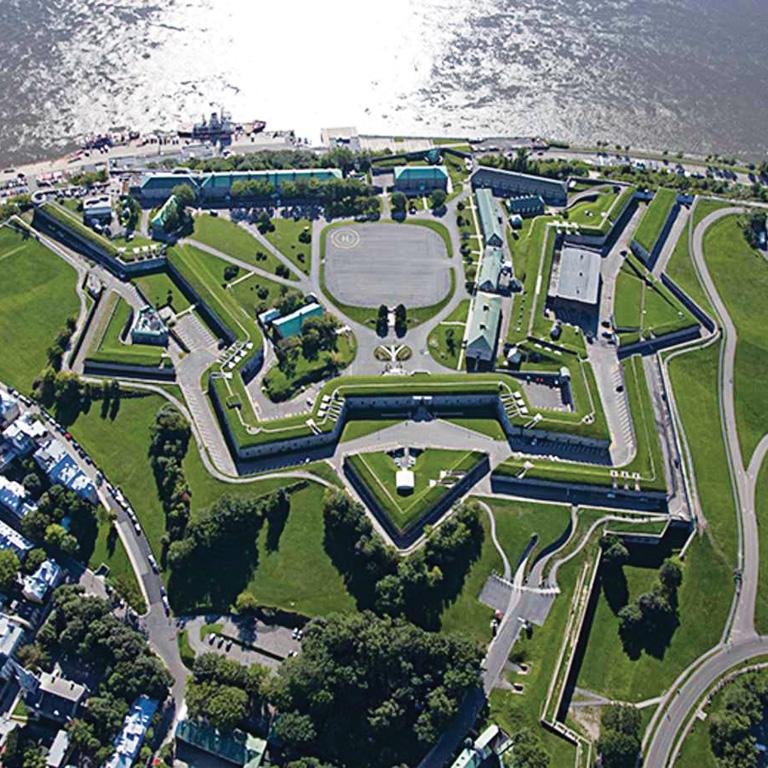
Quebec Citadel National Historic Site
Visitors to this imposing fortress can explore the rich history of the Royal 22e Régiment, founded in 1914 as the 22nd Battalion, a unit in which French Canadians could serve in their native language. Le Musée Royal 22e Régiment features a permanent exhibition titled Je Me Souviens, which explores the regiment’s history and its ongoing legacy.
A highlight is the Honour and Memory Medals Gallery, which features a collection of medals, orders, and decorations awarded to members of the famous “Van Doos.”
The citadel, known as the Gibraltar of North America, was built in the early nineteenth century by the British to protect Quebec from a possible American invasion. Following the Great War, it became the official home of the 22e Régiment, and an official residence of the Governor General of Canada.
During the Second World War, it was the site of a top secret 1943 meeting between British Prime Minister Winston Churchill, American President Franklin Roosevelt, and Canadian Prime Minister William Lyon Mackenzie King.
At this meeting, plans were set into motion for the invasion of Nazi-occupied France and discussions were held about creating an atomic bomb.

Parliament Buildings National Historic Site
Canada’s seat of government doesn’t seem, at first glance, to have a direct connection to the Great War. However, in February 1916, after fire raged through the original Parliament buildings, some Canadians feared the blaze had been the work of German sabotage.
Only the library was saved from the catastrophe. Reconstruction began in September 1916, but, due to materials shortages related to the war effort, it took more than four years to complete construction.
In 1927, Governor General Viscount Willingdon dedicated the new Peace Tower — a monument to Canada’s war dead that features a fifty-three-bell carillon. Inside the tower is the Memorial Chamber, where visitors can find the seven Books of Remembrance.
They contain the names of all Canadians who, since Confederation, have died while serving their country. Each day at 11:00 a.m. there is a ceremonial turning of the page, revealing new names of the fallen.
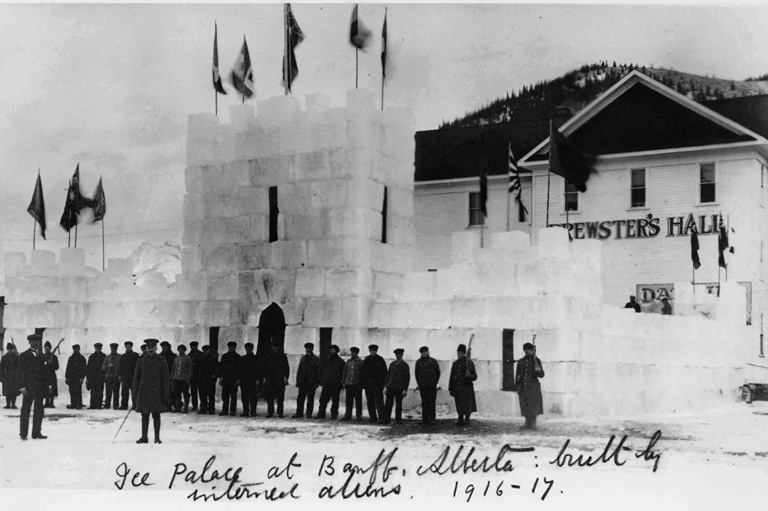
Cave and Basin National Historic Site
During the late 1800s and early 1900s, Canada — eager to fill the prairies with immigrant farmers — actively courted central and eastern Europeans to move to Canada.
However, in the wake of the declaration of war against Germany and Austria-Hungary, newcomers from the Central Powers nations soon fell under suspicion. Soon, some of these “enemy aliens” were arrested and placed into internment camps around the country.
There were a total of four camps that operated in the Rocky Mountains — at Banff and Jasper in Alberta, and Revelstoke and Yoho in British Columbia. The Banff camp, at what’s now Cave and Basin National Historic Site, opened in November 1915 and featured several permanent structures, including an army barracks.
The interned men were forced to work on a host of projects, including bridge building, quarrying stone, and cutting trails. They also helped to build the highway that runs between Banff and Lake Louise, Alberta. The camp was closed in 1917.
In 2008, Canada announced a $10 million grant to acknowledge the internments during the First World War.
Today, visitors can explore a permanent exhibit dedicated to the history of these interned citizens.
Themes associated with this article
Advertisement
You might also like...
Help support history teachers across Canada!
By donating your unused Aeroplan points to Canada’s History Society, you help us provide teachers with crucial resources by offsetting the cost of running our education and awards programs.


